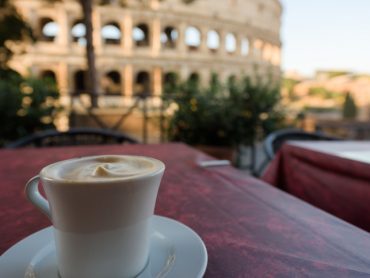In Vino Veritas Part XXXVII: Returning to NorCal
NorCal, short for Northern California, produces ostensibly the best wines in North America. Ever since Chateau Montelena’s chardonnay beat out the longstanding French incumbents in a blind taste test in Paris 1976 (the lighthearted 2008 film “Bottle Shock” portrays these events), Napa Valley and Californian wines have been on an upward spiral of fame, flavor and price. Nowadays, the very mention of the word ‘Napa’ is synonymous with quality.
In geo-political terms, NorCal is traditionally defined as stretching from Monterrey County north to the Oregon border. But when it comes to wine, we are primarily talking Napa and Sonoma Valleys, and to a lesser extend Mendocino and Lake Counties. (This distinguishes it from the Central Coast AVA which encompasses all vineyards from below the Bay Area to just north of Santa Barbara.)
My purpose with writing about NorCal at the height of its summer is not to give a concise background on the region, its core varietals, and some of the more remarkable labels I’ve experienced like Grgich Hills, Heitz Cellars, Stags Leap and (once-in-a-lifetime) Screaming Eagle. If you are looking for a quick tour of the finest wines produced, I recommend Wine-Searcher, which reveals that 44 of the 50 most expensive bottles in the United States come from Napa County (the rest come from Sonoma County and one from the Ojai region).
Rather, with its leading reputation and (often) exorbitant prices to boot, sourcing product from this region can be a hassle for any property that isn’t ultra-high-end. How can you tell what’s actually good and what’s only perceived as good because of the Napa appellation? How can you stock bottles that are both explosively tasty and quintessentially Californian, but also cost accessible? Lastly, how do you convince guests that the steep bottle price is worth the purchase?
In other words, when approaching NorCal wines, you need a strategy. At the bare minimum, recruit a prudent wine merchant with experience in the region. Let him or her do the initial leg work and make recommendations based upon your unique situation – that is, budget, restaurant classification, average clientele, revenue expectations, cellar conditions and so on.
As for convincing patrons of the ‘value’ in these wines, it shouldn’t be too fast, especially with lists like those on Wine-Searcher at your disposal. In other words, the accolades accrued by wines from this region over the past four decades speak for themselves.
Next, even though it may be a tad wallet-emptying on your part, you have to start tasting these wines for yourself. They’re damn good after all. Try to distinguish which varietals mesh best with your taste buds and how Californian wines differ from those made in, say, Italy or France. Then, through rigorous ‘trial and error’, find a few wineries that you would deem as ‘easy drinkers’ – those that aren’t too pricey and can work for a variety of occasions. It’s going to rough, but I believe in you!
Remember, the ultimate role of building your wine list and cellar is profitability. Your wine pricing should reflect and be proportionate to your entrée selling prices. True, one or two ‘badge’ bottles might seem exciting, but remember that there are carrying costs on those inventory items that rarely turn, if at all.
(Article by Larry Mogelonsky, published in HOTELS Magazine on August 18, 2015)



